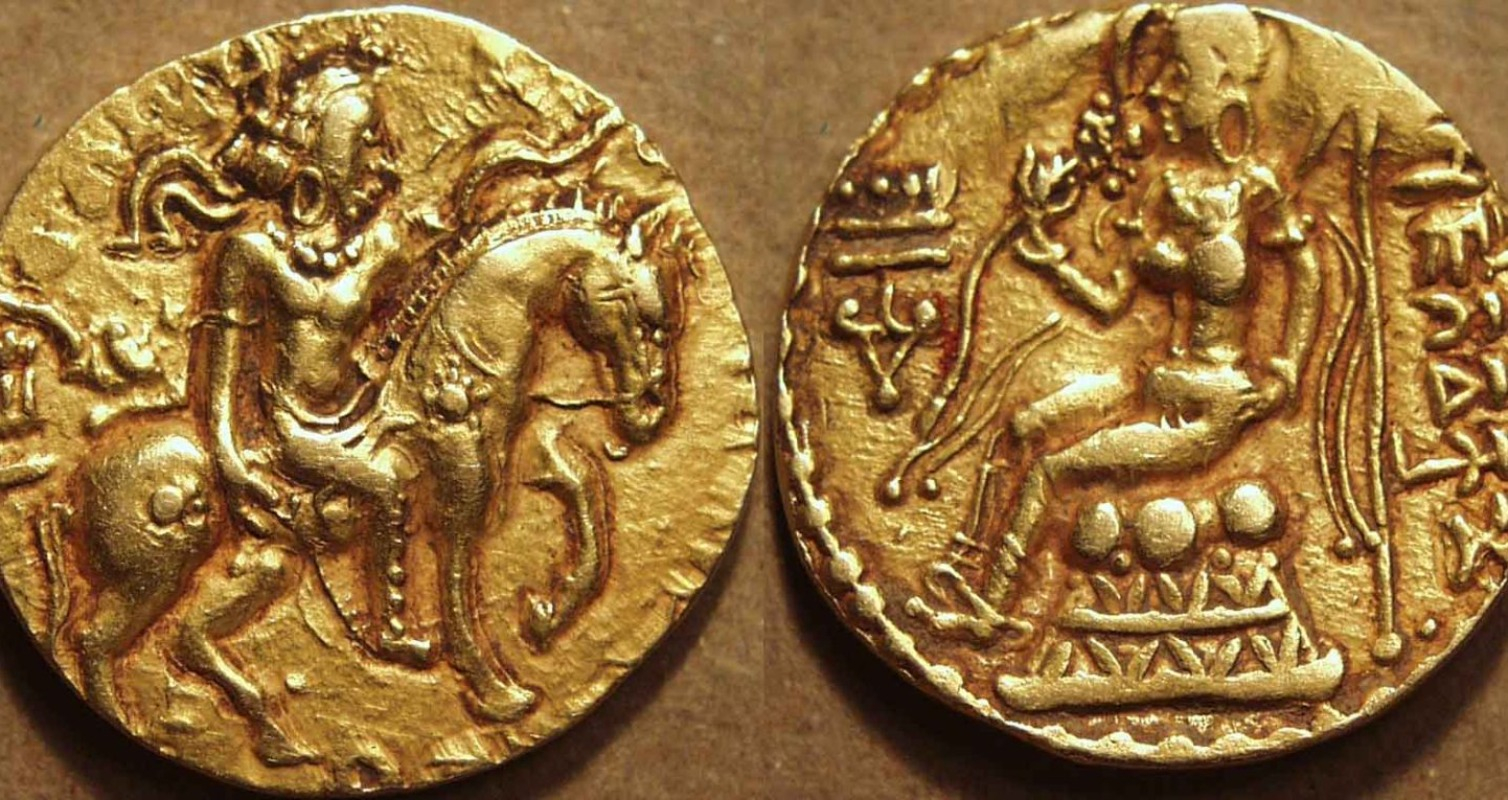Using coins in vending machines is a common practice that allows for quick and convenient purchases. Here’s an overview of how coin usage typically works in vending machines:
- Coin Acceptance: Most vending machines are designed to accept a variety of coins, including denominations like pennies, nickels, dimes, quarters in the United States, or equivalent coins in other countries. Some modern vending machines may also accept larger coins or tokens specific to certain locations or organizations.
- Payment Process: To make a purchase, you simply insert the required amount in coins into the machine. The machine displays the amount entered and the remaining balance needed to complete the transaction. Once the correct amount is inserted, the selected item is dispensed.
- Change Giving: If more money than necessary is inserted, the vending machine calculates and provides change using the available coins it has. This could include returning a combination of quarters, dimes, nickels, and pennies depending on the amount of change owed.
- Modern Features: Many newer vending machines now incorporate digital payment options such as credit cards, debit cards, and mobile payments, reducing the need for coins. However, coin mechanisms remain a vital feature for those preferring traditional payment methods or in situations where digital payment options are less accessible.
- Maintenance and Security: Operators regularly service vending machines to ensure that the coin mechanisms work correctly and securely. This includes cleaning coin slots, checking for coin jams, and ensuring the security of the coin storage area to prevent theft.
Despite the increasing popularity of cashless payment solutions, coin usage remains an essential aspect of vending machine functionality, catering to users who prefer or rely on cash transactions.
